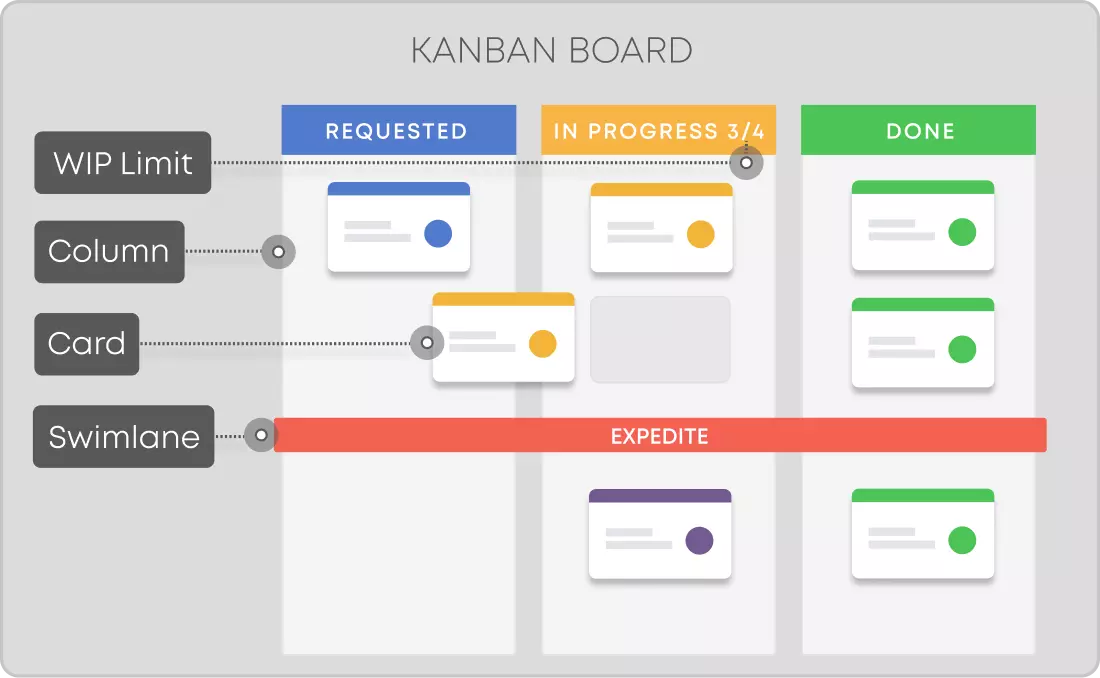In the fast-paced startup ecosystem, the ability to develop and iterate applications swiftly is crucial. Low-code platforms have emerged as a game-changer, enabling startups to build applications with minimal hand-coding. These platforms offer visual development tools, pre-built templates, and drag-and-drop interfaces, allowing teams to focus on solving business problems rather than getting bogged down by complex coding tasks.
From my experience working with early-stage startups, adopting low-code solutions like OutSystems or Mendix has significantly reduced development time and costs. For instance, a fintech startup I collaborated with was able to launch a minimum viable product (MVP) within weeks, thanks to the rapid prototyping capabilities of low-code platforms. This agility not only accelerates time-to-market but also allows for quick pivots based on user feedback.
While low-code platforms offer numerous advantages, it’s essential to be aware of potential limitations, such as scalability concerns and vendor lock-in. However, for startups aiming to validate ideas and attract early users or investors, the benefits often outweigh the drawbacks. By leveraging low-code development, startups can efficiently bring their visions to life, adapt to market demands, and lay a solid foundation for future growth.





